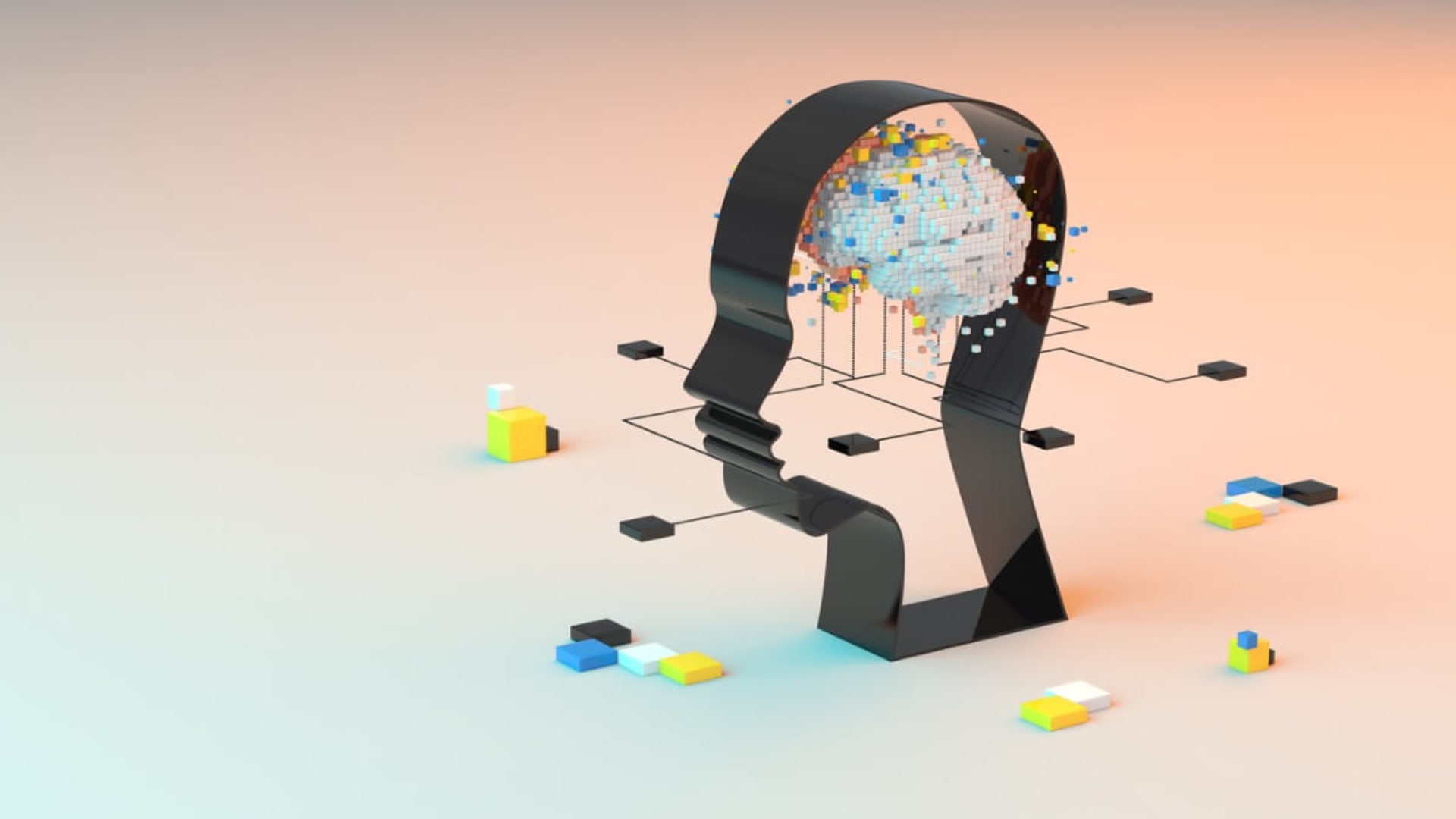Virtual reality (VR) puts users in entire built environments, while augmented reality (AR) extends the environment they’re already in. Gaming provides excellent examples of both VR and AR. The VR variety makes players feel as though they’re in a different world. The AR variety adds elements to the real world, such as Pokémon Go. However, while VR and AR have been most heavily deployed in gaming, they both have many applications beyond that use.
Consider the possibilities. AR can be used to train professionals in fields ranging from engineering to utilities to medicine. VR can be implemented in classrooms to make information in textbooks come to life. It can be used to help consumers get a better feel for products they’re considering buying, or even allow them to take a tour of a home they might like to purchase, even if it’s hundreds of miles away.
Such applications are only the beginning of how VR and AR can contribute to business and other areas of life. In particular, these technologies will play a bigger role in the following industries in the coming years.
Education
The possibilities for VR and AR in education are vast. Just about any topic can be made clearer and more interesting with an immersive element that really brings it to life, and instructors are finding ever-more innovative uses for these powerful teaching tools. Teachers at any level can use VR and AR to get students more engaged in topics ranging from science to music to biology, such as with a program that allows them to view bodily organs in great detail without the need to dissect animal or human specimens.
While in-person field trips are still highly useful, children can now visit far-away places without leaving their classrooms. Suddenly museums, farms, factories, historical landmarks, and even destinations on other planets are easily accessible. Students can also become immersed in simulations of historical events, leaving them feeling as though they experienced them first-hand.
VR and AR technologies also make it possible for students to attend classes from afar, using metaverse applications that bring people together virtually from different parts of the world. And students with special needs can benefit from classroom-adjacent activities such as learning skills like pointing, making eye contact, and forming social connections.
Entertainment
As mentioned above, VR and AR are already used extensively for video games, introducing an immersive dimension to environments that feel like visiting another world. The entertainment world is extending this immersive element beyond traditional video games into other fun experiences. For example, players can sit in on a lifelike virtual poker game that mimics a real casino. Participants can interact with other players, and even notice their body language.
Social communities are being hosted in the virtual world, where VR spaces allow people to get together with others, similar to real-life events. At least two apps are available already that enable this function, using highly customizable avatars.
Many museums offer virtual tours that users can take from anywhere. World-famous museums include the British Museum in London, the Guggenheim Museum in New York, and the Musée d’Orsay in Paris.
Naturally, companies that are already big in entertainment are taking advantage of the technology. For example, the Disney Movies VR app puts favorite Disney scenes into 3D format. Entertainment seekers can also find immersive experiences on YouTube, with 360-degree/3D VR videos, including musical performances, sporting events, and outdoor adventures.
Healthcare
The potential uses for AR and VR in healthcare are nearly endless. Both doctors and patients have many new ways to support mental and physical health. For starters, medical students can be taught how to perform procedures using AR visual representations. Doctors in training can also use VR simulations of various health issues to gain empathy for patients.
Other AR systems provide surgeons detailed representations of a patient’s internal organs while allowing them to see the patient. This technology supports less invasive options for surgeries.
Emotional well-being can also be enhanced by technology. Those suffering from post-traumatic stress disorder (PTSD) and other mental health challenges can spend time in soothing VR environments, which can have therapeutic effects. Patients with anxiety in certain situations can gradually increase their comfort by participating in simulations of those environments.
The following video highlights some of these uses.
Retail
The online retail world is a perfect place for VR and AR features. The technology can be used for interacting with products, as well as the purchasing process. For example, VR technology can be used to simulate dressing rooms in which shoppers can virtually try on clothes. This process includes a virtual mannequin so users can be sure the clothing is right for their size and shape.
Furniture stores are using the technology to help shoppers virtually place pieces of furniture in their homes. Immersive in-store or online experiences enable them to change room details such as colors, lighting, and arrangements to thoroughly try before they buy. Home improvement is another area in which VR and AR technology can be used, such as in learning how to safely use power tools.
AR can also be used to create shopping assistants that enable people to walk into a store and get prices, special offers, and features for the products they’re seeing in the physical space. In larger retail environments, these apps can also help shoppers navigate through the store. AR apps can also use information about shopper preferences to guide them to personalized recommendations. This process is similar to online retailers making suggestions for products based on past purchases.
Taking Advantage of the Technology
If a business holds a lot of online meetings, it could implement a VR version. If a brick-and-mortar retailer wants to enhance the shopping experience, it could create an app that helps shoppers find what they’re looking for. In other words, companies that want to take advantage of VR and AR technology should think about activities they perform often and how VR and AR technology might enhance them.













